Ever since I read Keri Hulme’s The Bone People, I have been fascinated with Maori symbols and tattoos, particularly the meanings and significance behind each line of the work. The facial tattoos kinda scared me, but the patterns were still captivating.
According to Robbie Whitmore, “The head [in ancient tradition] was considered the most sacred part of the body . . . . All high-ranking Māori were tattooed, and those who went without tattoos were seen as persons of no social status.” The Moko is like an ID, including the wearer’s rank, status, power, position, and even lineage.
Whitmore says that the facial Moko for males is traditionally divided into eight sections:
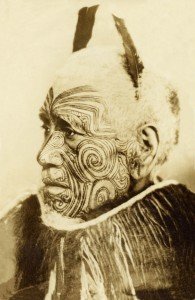
zealandtattoo
Ngakaipikirau: center forehead area; identifies wearer’s rank
Ngunga: around the brows; identifies wearer’s position
Uirere: eyes and nose area; identifies wearer as the basic political society rank
Uma: temples; tell whether wearer is in his/her first or second marriage
Raurau: area under the nose; signature of wearer
Taiohou: cheek area; recognizes wearer’s line of work
Wairua: chin; acknowledges wearer’s mana (accomplishments or achievements)
Taitoto: jaw; wearer’s birth status
Each side of the face is used to express one’s lineage and ancestry. Depending on the tribe, the left side of the face indicates the father’s side, while the right is dedicated to the mother’s.
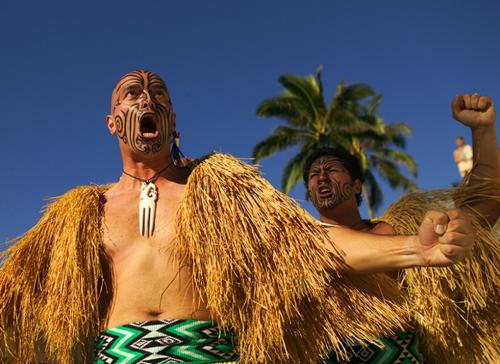
Whitmore also says,
“Descent was a foremost requirement before a Moko could be undertaken. If one side of a person’s ancestry was not of rank, that side of the face would have no Moko design. Likewise if, in the centre forehead area there is no Moko design, this means the wearer either has no rank, or has not inherited rank.”
Thus, traditionally, it was very rare to find two identical Moko, let alone one which was symmetrical.
Designs of the Moko have expanded to everyday items, like weapons and clothes. The most popular material for carvings are wood and jade, both of which are believed to hold ancient and positive energy.
Common designs and their meanings are presented (most information below was found on Zealand Tattoo’s website):
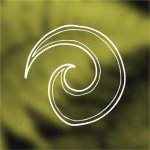 The Koru (spiral) symbolizes new beginnings, growth, and harmony. Inspired by unfurled ferns. |
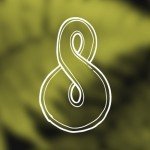 The Single twist represents the path of life and is the symbol of eternity (different from the double and triple twists). |
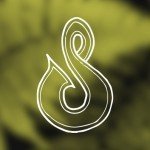 The Hei matau (fish hook) symbolizes prosperity, and sometimes strength, determination, and good health. |
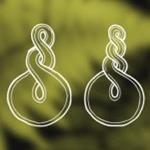 The Double or triple twist represent the joining together of two people or two cultures for eternity, even though they may experience life’s up and downs. |
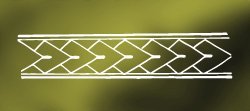 The Pakati (dog skin cloak) is representative of warriors, battles, courage, and strength. |
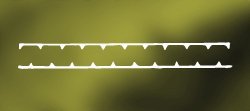 The Taratarekae (inspired from whale teeth), along with any other whale reference, symbolizes strength and sensitivity. |
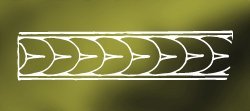 The Unaunahi (fish scales) represent abundance and health. |
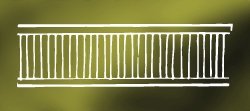 The Ahu ahu mataroa shows talent and achievement in athleticism/sports and sometimes representative of a new challenge. |
After learning the cultural meanings behind the different markings of the Moko, my reaction has changed from fear to respect.
J.M. Levi
|
|
*Note: moko is the tattoo; ta moko is the action of tattooing
Robbie Whitmore: http://history-nz.org/maori3.html
More on the process:
More tattoos:
http://thelyricwriter.hubpages.com/hub/Maori-Tattoos-And-Meanings-Maori-History-And-Tattoo-Designs
http://otautahitattoo.com/portfolio-item/maori-ta-moko-and-kirituhi-tattoos/
More symbols and their meanings:
http://www.mountainjade.co.nz/blog/traditional-maori-symbols-and-meanings-carving-ta-moko/
http://www.boneart.co.nz/jadeindex.htm
http://www.zealandtattoo.co.nz/tattoo-styles/maori-tattoos/
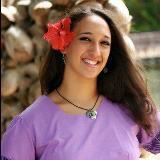
About Jerrica
My name is Jerrica M. Levi and I am married to Mark Levi, who is training to be a supervisor at Subway in Laie. I am Afakasi (half-Samoan) and a member of the Church of Jesus Christ of Latter-Day Saints from Missouri. I originally came to Laie to help my sister, Shyla Lafaele, babysit, but I stayed because I fell in love with the Aloha Spirit and refused to part from it. Eventually, I attended Brigham Young University-Hawaii. I excel in English reading, writing, and analyzing. Up until a few months ago, I was a Shift Manager at Pizza Hut Laie and a Student Manager at the Brigham Young University-Hawaii Reading Writing Center. In April 2014, I received a Bachelor of Arts degree in English, minor in Psychology. Now, my professional title is a Part-Time Instructor for the English Department at Brigham Young University-Hawaii teaching English 101.
My hobbies and interests include singing, dancing, and writing. I am drawn to and passionate about charitable organizations, such as Locks of Love and Radiating Hope. Activities that include the outdoors, spending time with children, using my creativity, and/or helping those in need are activities of which I am honored to participate. I also enjoy playing various games, watching Anime, and experiencing other such adventures with my husband. Someday, we will have children of our own, but until that time, I value opportunities I receive to spend time with children and help them grow and learn. My ultimate teaching goal is to teach in a Middle School because that is when I feel creativity blossoms the most. My ultimate writing goal is to write something that will influence or change at least one person’s life for the better. I suffer from Post-Traumatic Stress Disorder (PTSD) and hope to become a strong and professional beacon for others who struggle with likewise symptoms. Life is tough, but bit by bit, we can make it through. Keep your head high and do not be ashamed of your healing tears.
Achievements
-Graduated with a 3.6 GPA -2014 Woman of the Year for National Association of Professional Women
-Initiated member of the Sigma Tau Delta: International English Honor Society (Alpha Beta Delta Chapter) -Nationally Certified Level 3 CRLA English Tutor
Publications:
“How It Feels to be Artistic Me.” Kula Manu. (2014): 10-12. Brigham Young University-Hawaii. Print. “Locks of Love.” Kula Manu. (2014): 60-66. Brigham Young University-Hawaii. Print. “Valentine? Gimme a Break.” Ke Alaka’i. 106.6 (2014): 18. Brigham Young University-Hawaii. Print. “For What It’s Worth.” Kula Manu. (2013): 88-90. Brigham Young University-Hawaii. Print.

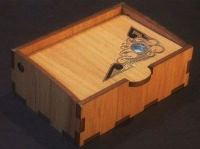


Recent Comments